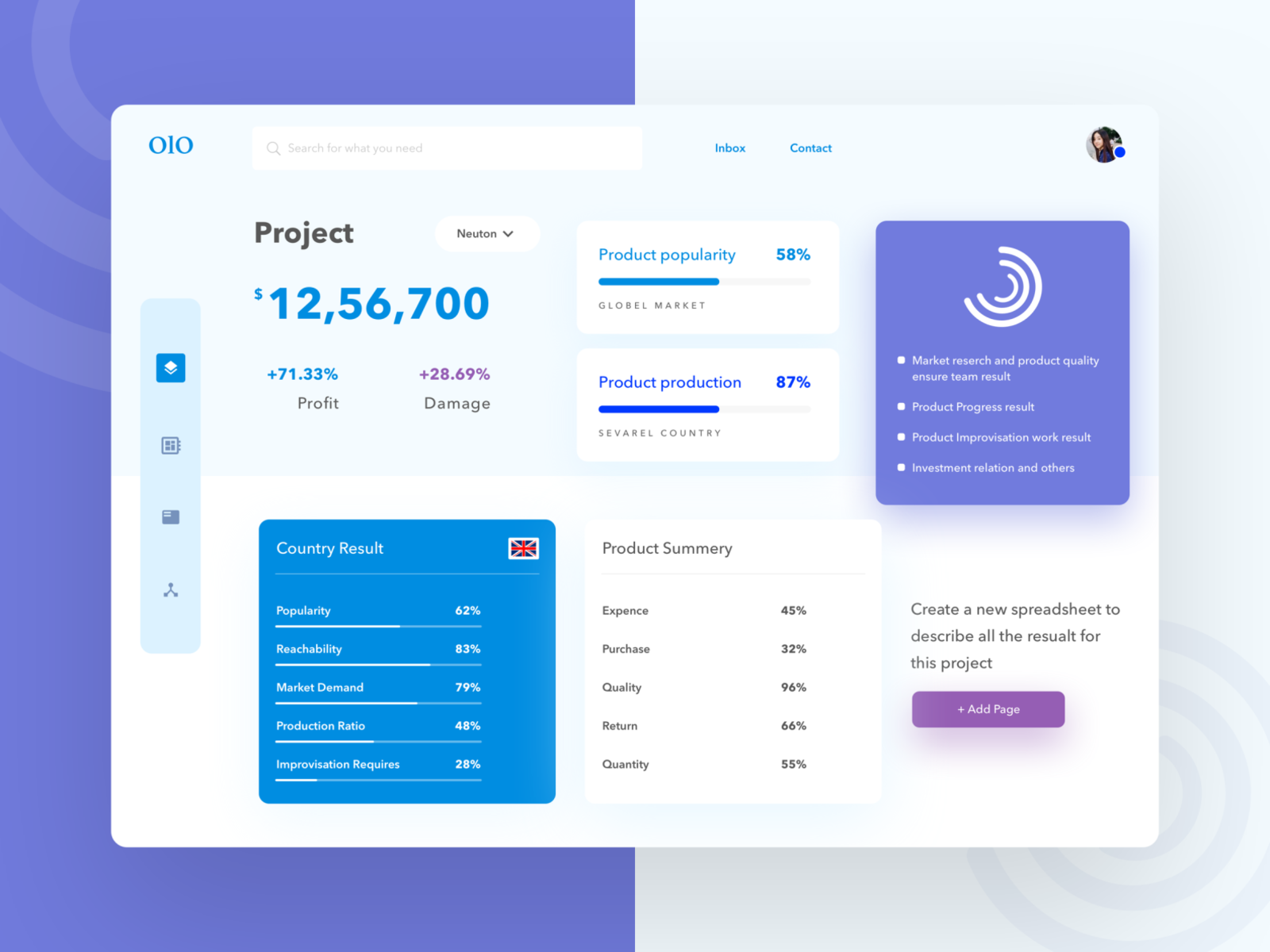

Product type: Also plays a significant role in determining the implementation of the decision-making process in a project.Agile projects, for example, sometimes involve a go no go checklist that helps teams make sure that they are heading in the right direction. If the project includes incremental phases and needs forecasting, then the analysis might help you make the right decisions for your business. Type of projects: The type of projects you undertake is a prime factor that determines whether the decision-making process is a viable solution for your team or not.How do you realize if your project needs a go/no go analysis? Well, here are some factors that can help you determine if your project needs the analysis or not:

Determining Factors for The Decision-Making Process: The go no go decision makes sure that everything is perfect and ready for the next step. Delivering value to the users is of prime importance, everything else takes a backseat. In this process, eliminating risks and issues takes the front seat and following deadlines is of secondary importance. If the issue is resolved, the project is resumed and the end products are delivered successfully (even if the delivery is delayed), then that is a victory for the team. Keep in mind that a no-go decision does not imply the failure of a project but is an opportunity for improvement. The one making the decision has to factor in other variables too to make sure all aspects of the project are carefully considered, and all problems are addressed. It only helps make sure that there are no gaps glaring you in the eyes and everything is proceeding as planned. All the boxes in the checklist do not have to be tick marked for it to be a go decision.

The checklist is not the decision-maker itself it is only there to steer you in the right direction. You can also customize the checklist for every new project to make sure it answers all the questions related to that specific project.

Rather than starting a new one for every next project, companies usually go for a predetermined checklist based on past experiences, best practices, and user reviews. In the proceeding sections, we provide an overview of go no go decisions, factors that determine whether the decision-making process is employed, go-no-go decision-making exercise for project initiation, and best practices for the decision-making process. This checklist is followed throughout the organization and is a part of the decision-making process. The checklist is slightly altered for every next project, but the major points remain the same. Go no go analysis, however, is a formal process with a set checklist. The checklists change with every project and there are no set standards to gauge performance over a period of time. The decision is usually taken at the end of a phase.Īlthough different companies have different criteria that determine the success of the whole project as well as that of a particular task in the project, these criteria are almost always informal. The result of the process determines whether a company will move ahead with the process or not.įor incremental projects, go no go analysis serves as a final checklist that determines whether the project should enter the next step or not. The criterion for the decision is set by the organization itself and is tailored to the needs of the business. Go/ No Go decision determines whether a project is worth all the effort and investment or should it be halted. To make sure everything is prim and proper through and through, you can use the Go/No Go decision. Project management is a tricky business, the slightest negligence on your part can set off a chain reaction ultimately ending in failure.


 0 kommentar(er)
0 kommentar(er)
